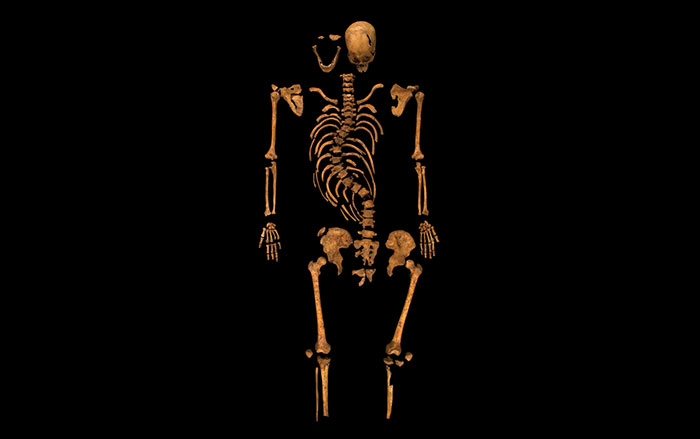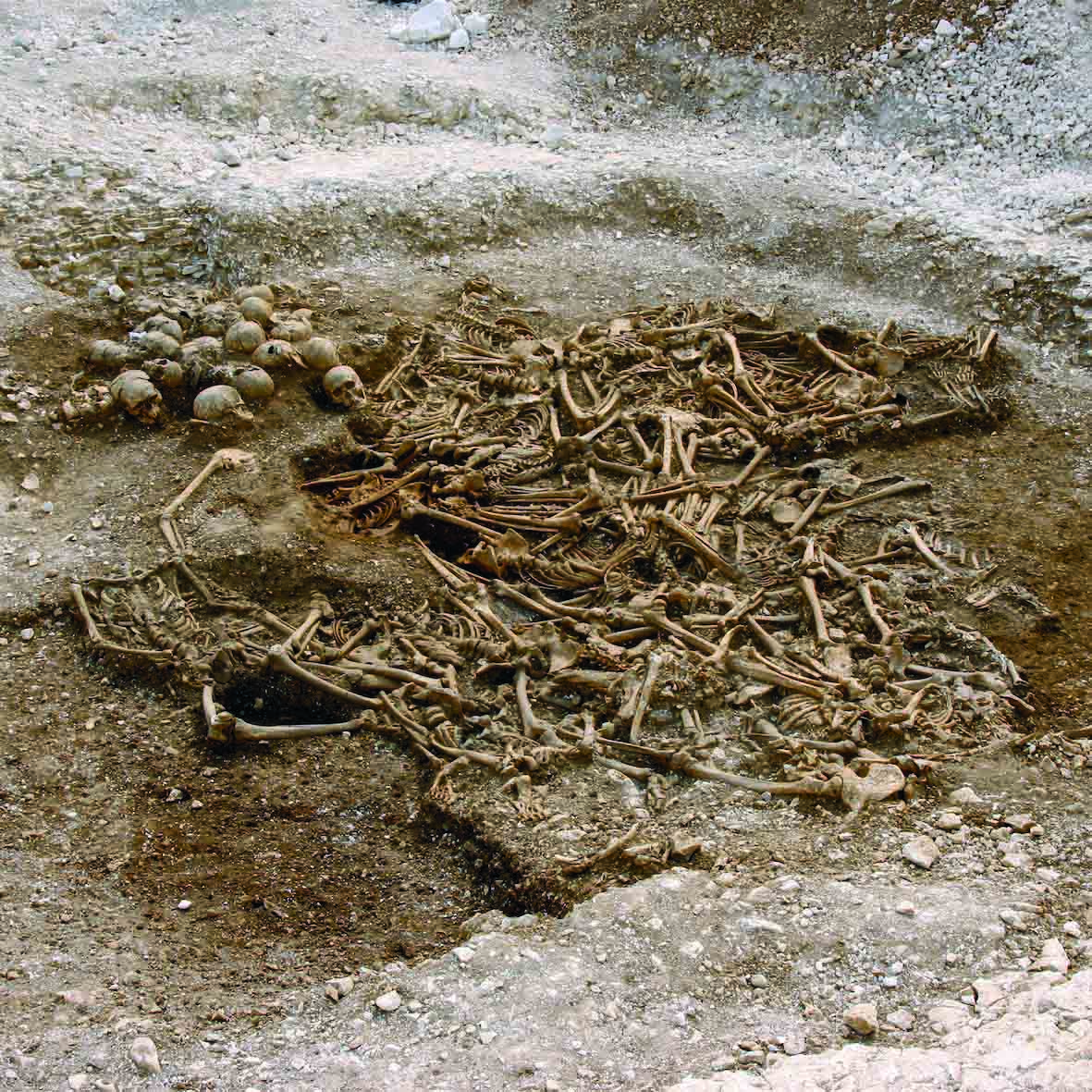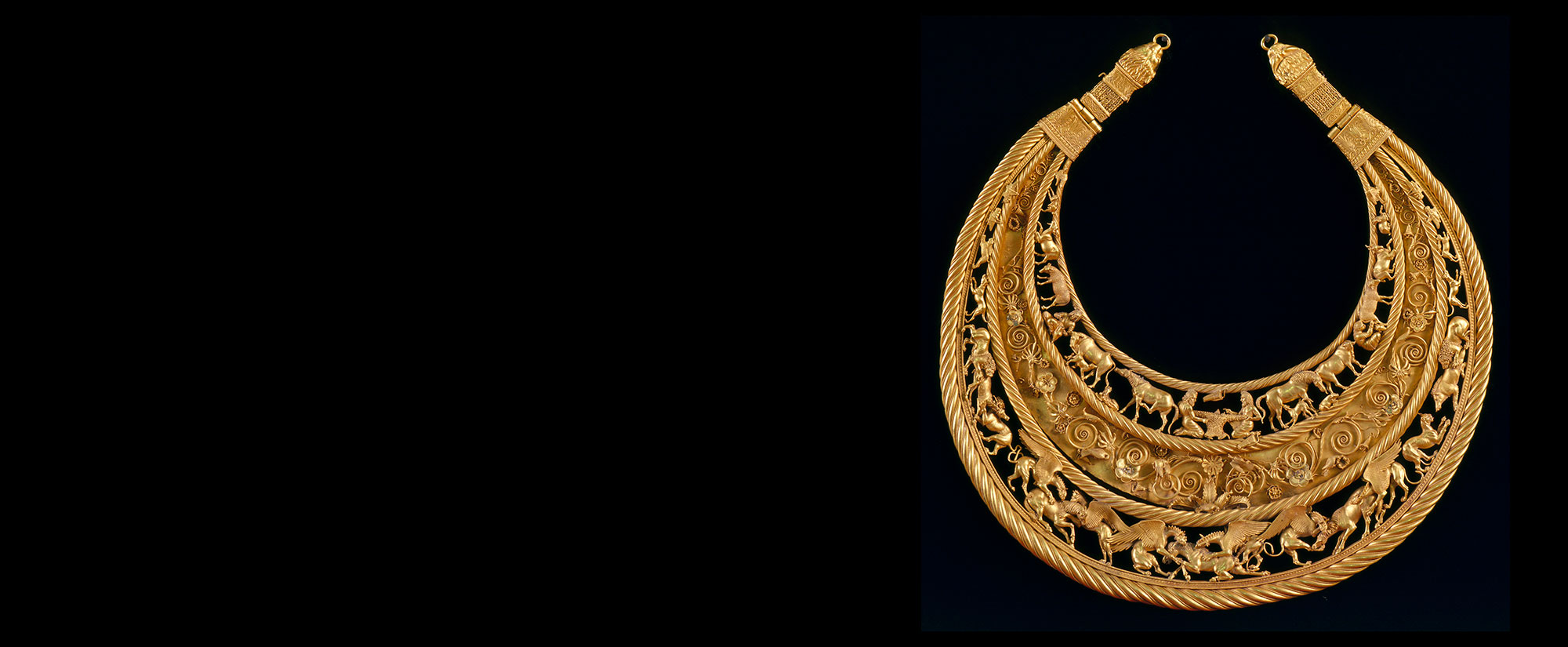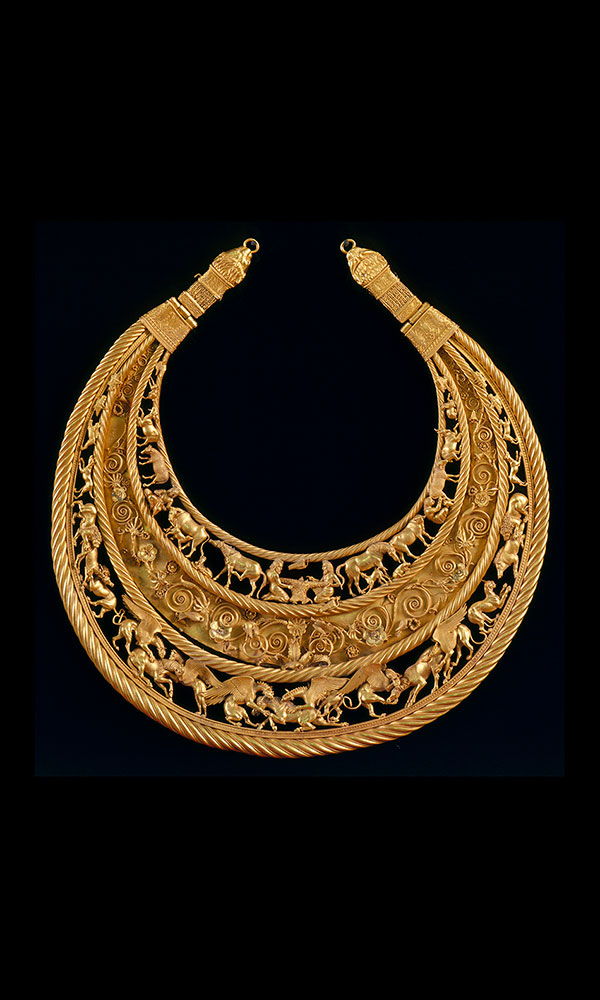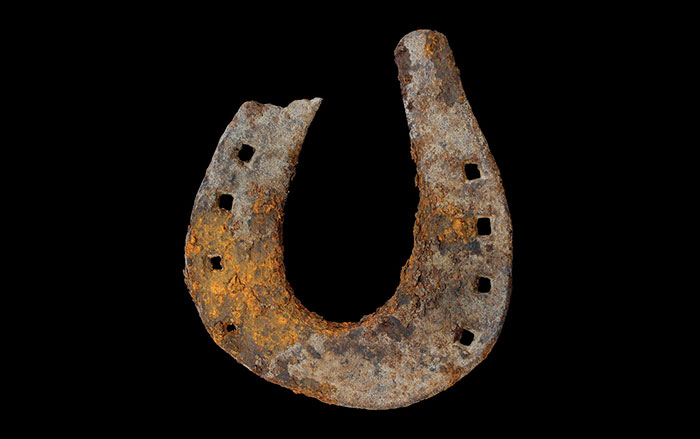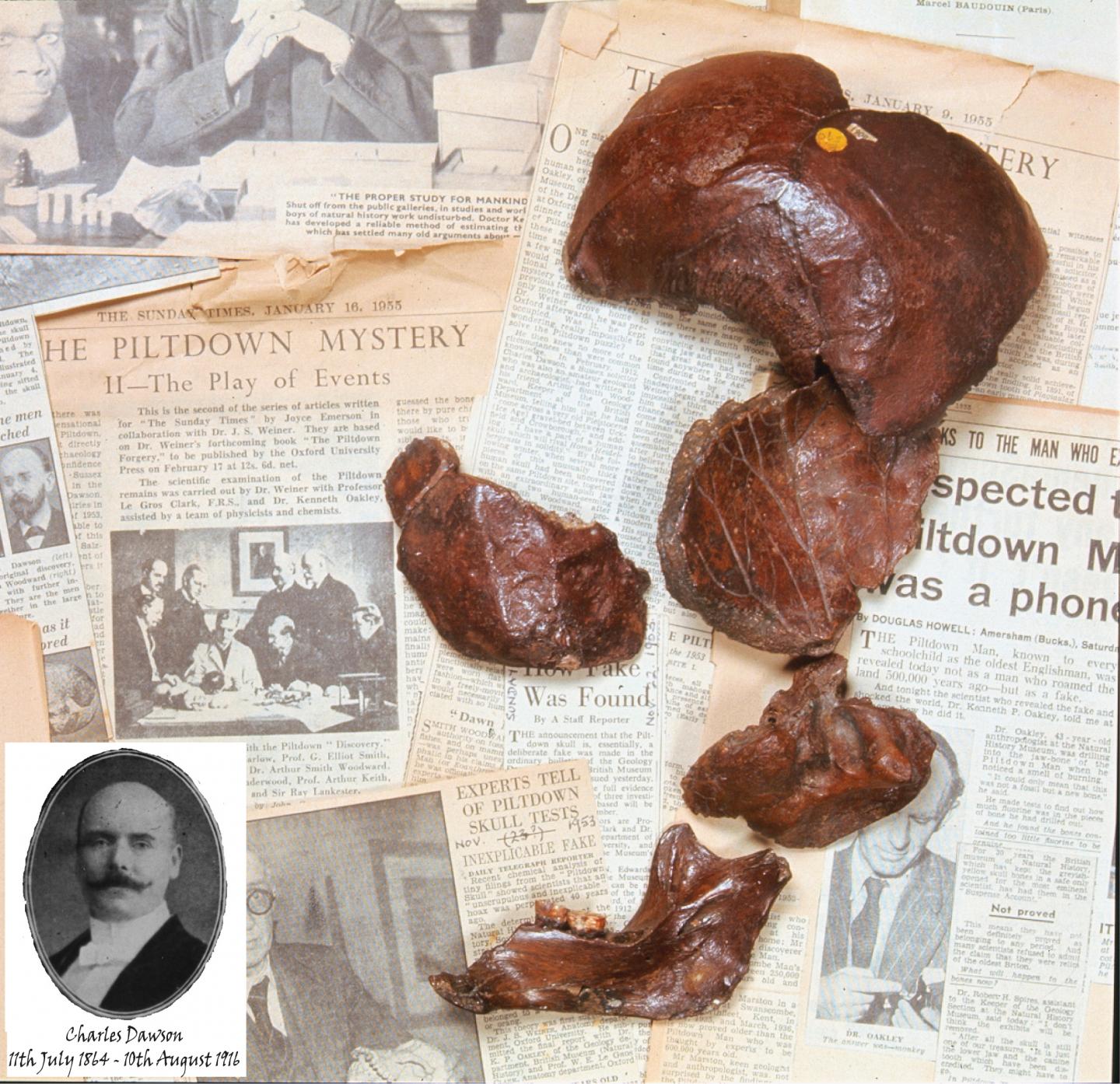
LONDON, ENGLAND—A multidisciplinary team of English researchers has conducted an analysis of the Piltdown specimens, a collection of forged fossils supposedly representing a human ancestor that were first “discovered” in 1912 by amateur scientist Charles Dawson. The fossils were determined to be fakes in 1953, and several people were considered as possible suspects in the hoax, including Dawson himself, Pierre Teilhard de Chardin, and Arthur Conan Doyle. The analysis suggests, however, that the “fossils” were created and planted at the two Piltdown sites by a single person, likely to be Dawson. The same reddish-brown stain had been applied to all of the bones to make them look old, and the bones had all been packed with dentist’s putty and local gravel. The shape of the molars found at both Piltdown I and Piltdown II, and DNA analysis, suggest that the teeth, which had been ground down to make them look more human, all came from a single orangutan. “What we’ve been able to demonstrate is a signature, a fingerprint throughout all of these specimens, even including the second molar from the second Piltdown site,” Isabelle De Groote of Liverpool John Moores University told BBC News. For more, go to "Bogus! An Introduction to Dubious Discoveries."



